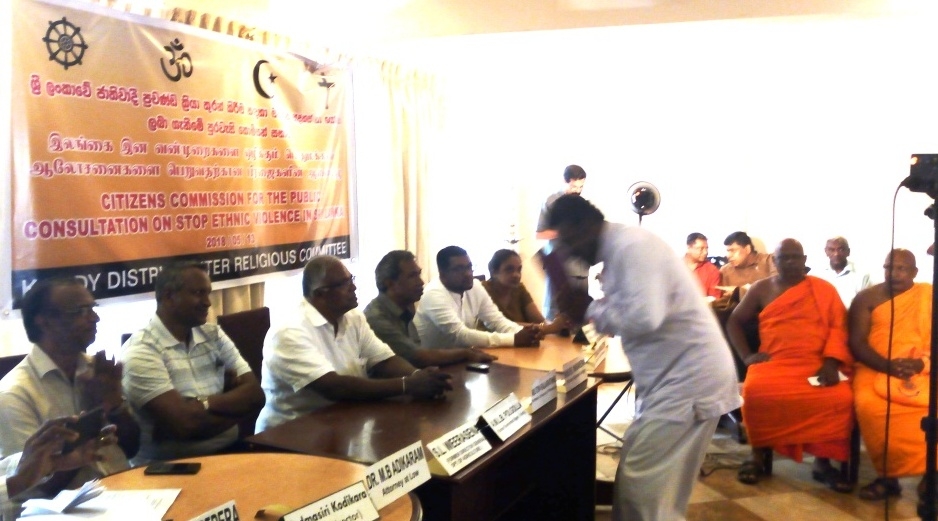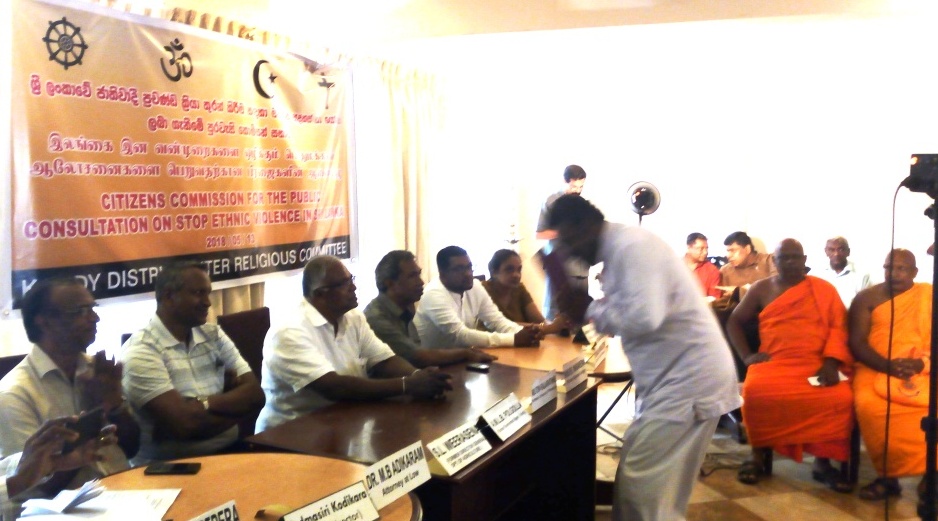With the next presidential election due before the end of next year, and with a possibility that an early election might be called even by January next year, the question of who might be the next presidential candidates is getting to the fore. There has been speculation that the felicitation ceremony for Health Minister Dr Rajitha Senaratne on obtaining an international honour was a launching pad for his bid to be a presidential candidate from the government side. The opposition has not been without its share of contestation too. The statement issued by former President Mahinda Rajapaksa’s office that he had not yet decided on who should be the opposition’s presidential candidate, and to disregard the claims that he had already selected his brother Gotabaya, is an indication of the tensions beneath the surface which are not limited only to the government.
 The National Peace Council of Sri Lanka
The National Peace Council of Sri Lanka
The National Peace Council of Sri Lanka
The National Peace Council of Sri Lanka

